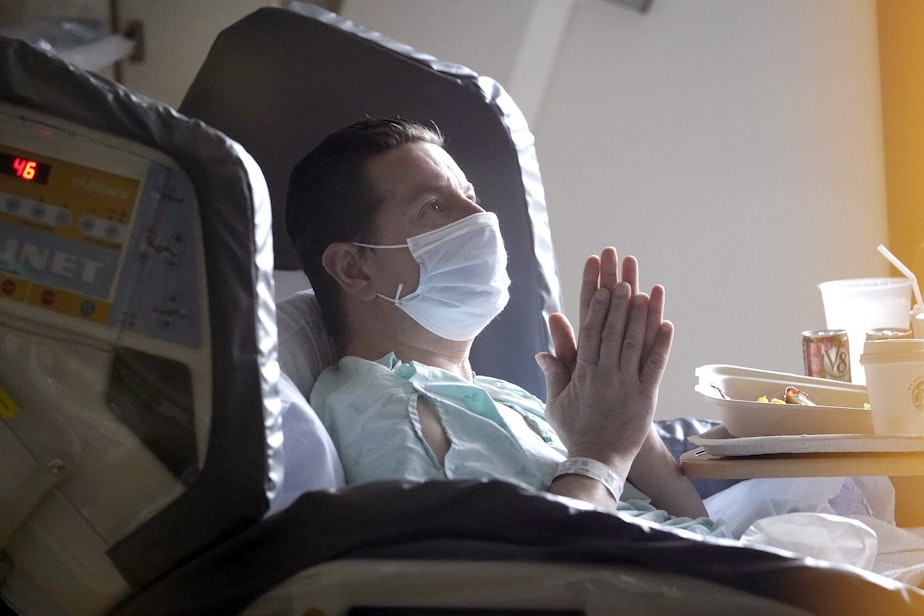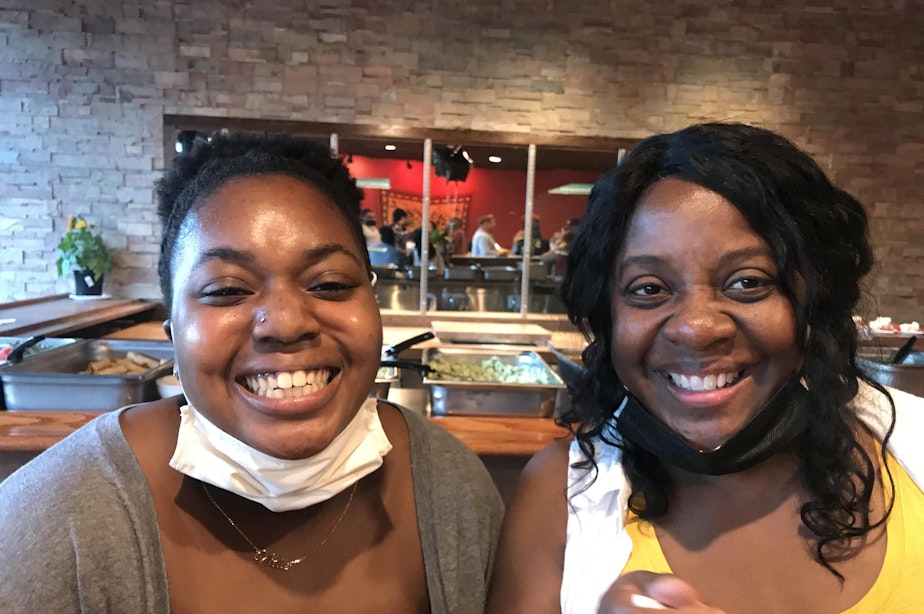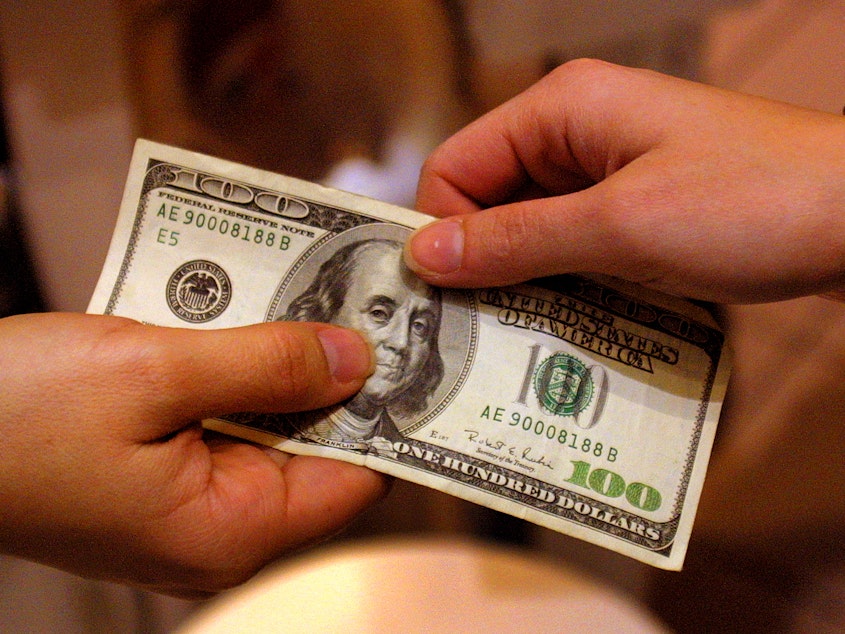Fallout from a Covid surge: Today So Far

- More than 150 years after signing a treaty with the United States, the Snoqualmie Tribe has its own land.
- How the fallout from the recent Covid surge is showing up outside of the pandemic.
This post originally appeared in KUOW's Today So Far newsletter for Feb. 7, 2022.
Right now, if you Google "Snoqualmie Tribe reservation," you will be directed to a map of the Snoqualmie Casino just off I-90 near the town of Snoqualmie. It's not exactly a large area for the Tribe to operate and exist as a people. But that's about to change.
After many generations, the Snoqualmie Indian Tribe has land of its own to call home. The Tribe was never granted a reservation after it signed the 1855 Treaty of Point Elliott. Any efforts to fix this were thwarted or put off by the feds for decades. Eventually, the U.S. government wouldn't even recognize the tribe because it had no land base. The Snoqualmie were re-recognized as a tribe in the 1990s, after generations of maintaining a government without land. None of this was ever covered in my local history classes growing up in the Northwest, and I lived just down the road.
But thanks to a recent purchase of 12,000 acres in eastern King County, the Tribe once again has a territory to call its own. And they have plans for it. Read more on this story from KUOW's Diana Opong here.
Some good news: King County Covid cases are down 50% since last week, and hospitalizations are down about 18%. Bad news: Despite January's downward trend, the numbers are still very high. It's like asking if you'd like to fall from 100 feet high, or 50 feet high — neither are good ideas. King County is currently getting more than 2,000 cases a day.
And the fallout from the recent surge is showing up outside of the pandemic. In some cases, life-saving care is being put aside to address the overwhelming number of Covid patients in hospitals. That's the experience of Renton-based Dr. Matt Beecroft, recently featured in this NPR report. In the end, people are getting sicker because they can't get medical care — cancer patients, people with heart attacks, etc. who need procedures are on hold in many areas. All signs that while the pandemic looks a lot different than it did a few months ago, or last year, it is still with us.
Sponsored
Have a comment or want to reach out to me? Send me an email at dyer@kuow.org.
AS SEEN ON KUOW

Zana Stewart and Fernell Miller at ASHHO cultural community center. For 30 years, Miller has been running an after school organization for Black and Brown K-12 youth in Seattle. They can get homework help, learn about ethnic history, or just hang out with each other. The program became an important factor in youths’ lives when Miller noticed the lack of mental health support for students of color amid the pandemic. (Nwaynna Stweart)
DID YOU KNOW?
Despite what John Wayne westerns display, roughly a quarter of the cowboys roaming the Wild West were Black. Among the most popular is Nat Love who wrote down his exploits in an autobiography. That account has translated into books, comics, and films long after his death in 1921, and has placed him alongside other larger-than-life figures of this time and place.
Love was born into slavery in Tennessee. After the Civil War, he headed west at the age of 16 where he found work as a cowhand and mingled with other folk heroes like Billy the Kid, Pat Garrett (who shot Billy the Kid), and Bat Masterson. Love earned a high praise and a reputation (and some decent prize money) competing in rodeos during this time, cementing him in western folklore.
If his name sounds familiar, a highly fictionalized version of Nat Love was recently featured in the Netflix film The Harder They Fall. Love was portrayed by the late and very great Michael K. Williams in 2013's They Die by Dawn. Graphic novels have also been produced in his name. And Love is a regular character featured in the western novels by Joe R. Lansdale.
ALSO ON OUR MINDS

The U.S. is considering a radical rethinking of the dollar for today's digital world
The U.S. is gingerly considering whether to adopt a digital version of its currency, one better suited for today's increasingly cashless world, ushering in what could be one of the dollar's most fundamental transformations.

